You may Need to Mask Your Face but you Don’t Need to Mask Your Worries
Simple Ways of Helping Your Family Navigate Anxiety Amidst COVID-19
‘Anxiety’ can be an intimidating concept, but the truth is we all experience anxious symptoms at various points throughout our lifetime. It’s no surprise that many people are experiencing anxiousness, or heightened symptoms of ongoing anxiety, during this global pandemic. This can be scary for both people who are new to these different feelings and people who fear their symptoms may start to get out of control. There is no magic wand to make anxiety (or the global pandemic) disappear, but there are plenty of simple things you can do to manage your symptoms and help your family through this tough time.
1. Practice mindfulness.
Anxiety can exist both in our heads and in our bodies. We may notice that our brains ‘jump to conclusions’ and think of the worst possible outcome in situations or worry about things we have no control over. It’s helpful to pause and pay attention to our thoughts to determine whether or not they are something worth listening to. Of course, there are plenty of things worthy of worry right now, but if you’re noticing yourself worrying about things you cannot control or always assuming the worst, basic practices in mindfulness can help.
Mindfulness doesn’t have to involve yoga poses, chakra balancing music and lengthy periods of meditation (unless you want it to!). It can be as simple as interrupting your less than helpful thought by saying “_____ is not happening in this moment. I’m home and I’m safe and I have no evidence to support that theory.” In a nutshell, mindfulness encompasses the following:
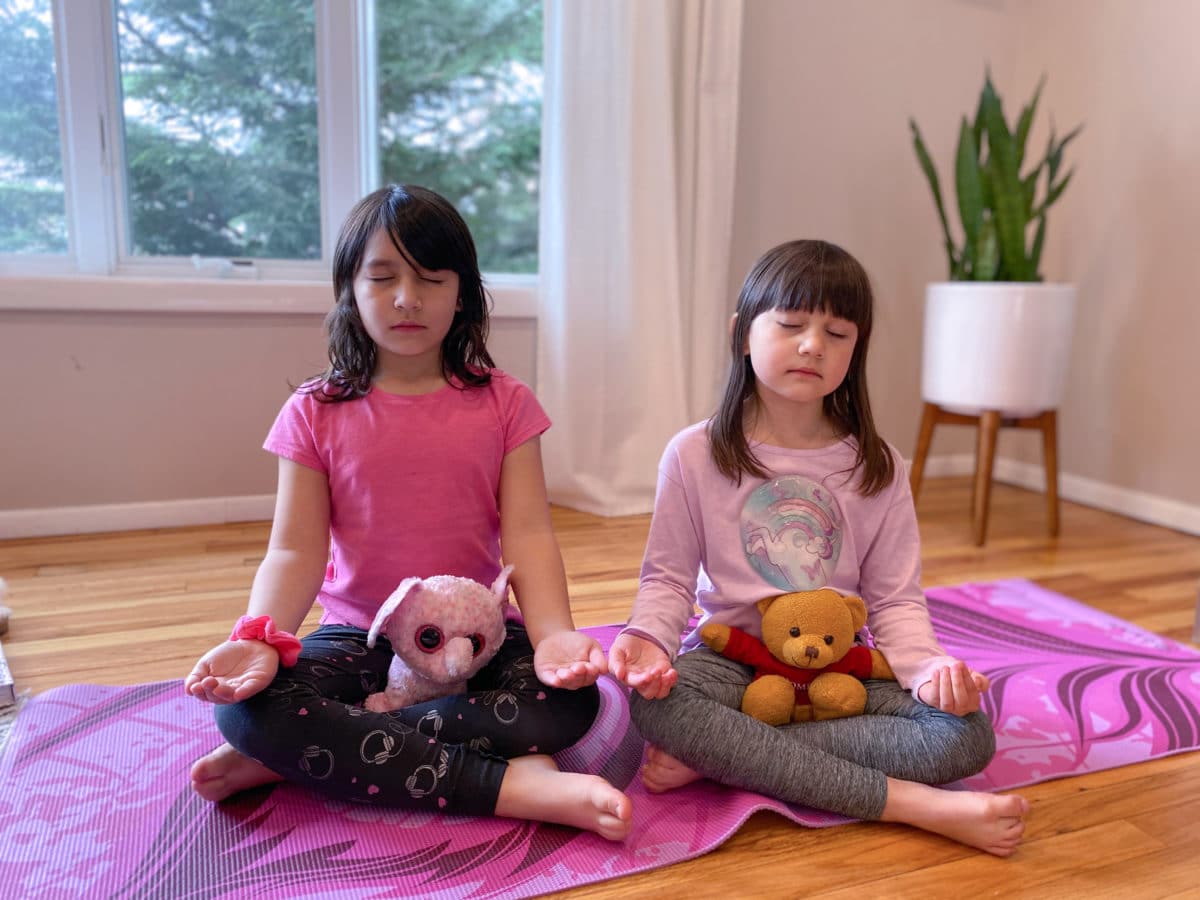
- Focusing on the present moment, rather than the past or the future
- Being aware of your emotions and actively choosing how you react to them
- Moving away from viewing life as good or bad and approaching it with acceptance
2. Talk about your anxious thoughts and feelings and encourage family members to do the same.
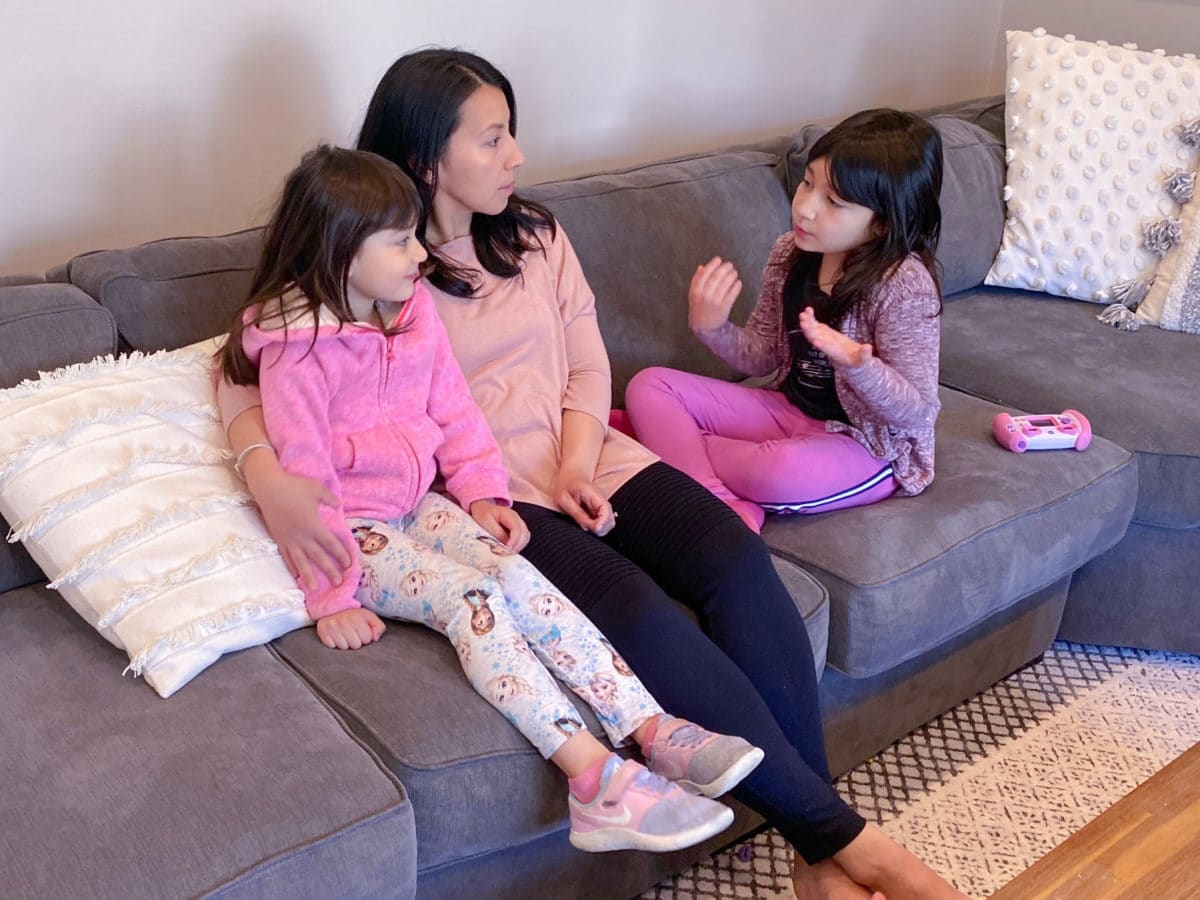
The more we are able to identify what we are thinking and feelings and “get it out,” the less likely things are going to bottle up and get to a point of being unmanageable. Bouncing ideas off of others can help neutralize thoughts that are getting out of control by adding an external perspective. A significant other, trusted friend or therapist can help offer validation and remind us to be kind to ourselves. Additionally, modeling this for children or adolescents in your home helps them learn to express and navigate their emotional world as well.
Looking for an age appropriate way to talk to younger children about the pandemic? “The Stay Home Superheroes” written by Sophie Marsh is a free, electronic book created to empower children and the role they play in keeping themselves and others safe and healthy. You can read the full story here:
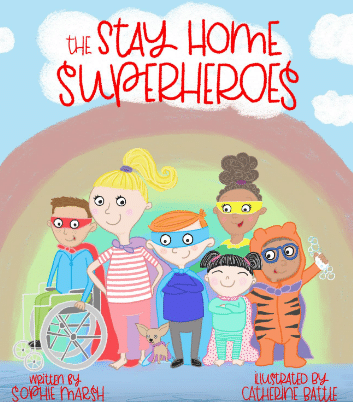
3. Breathe.
Our bodies do a great job giving us information about our mental and emotional state. Racing heartbeats, shortness of breath and nausea are all examples of ways our bodies indicate to us that we have some anxiety to manage. Evolutionarily, humans developed really great coping mechanisms to let us know when we are in danger, known to many as “fight or flight” responses. The problem is, we still experience these primal somatic reactions even when immediate danger is not present. Therefore, the simple thought of touching a grocery cart handle can cause us to enter this reactive somatic state. The easiest and quickest way to tell your brain to tell your body to calm down is to utilize deep belly breathing. You can use this tactic no matter where you are and no one will even notice you’re doing it! Breathe in through your nose and be sure you feel your belly rise, rather than your chest.
Looking for a fun way to teach younger children how to do the same? Have them lie on their backs on a flat surface and place their favorite stuffed animal on their stomach. Challenge them to make ____ (insert favorite stuffed animal’s name here) go up and down with their breath without falling off, which means they have to do it really slow. Add counting to the mix, which not only helps with number literacy but also ensures they belly breathe long enough for it to be effective. (Start small if this is a new skill or if the child is really young and have them work on stamina over time.) You can make a fun challenge out of it with multiple family members and see who can keep a stuffed animal on their stomach the longest. If you choose to join your child/children in the activity, you also benefit from anxiety reduction and get some bonding time in.
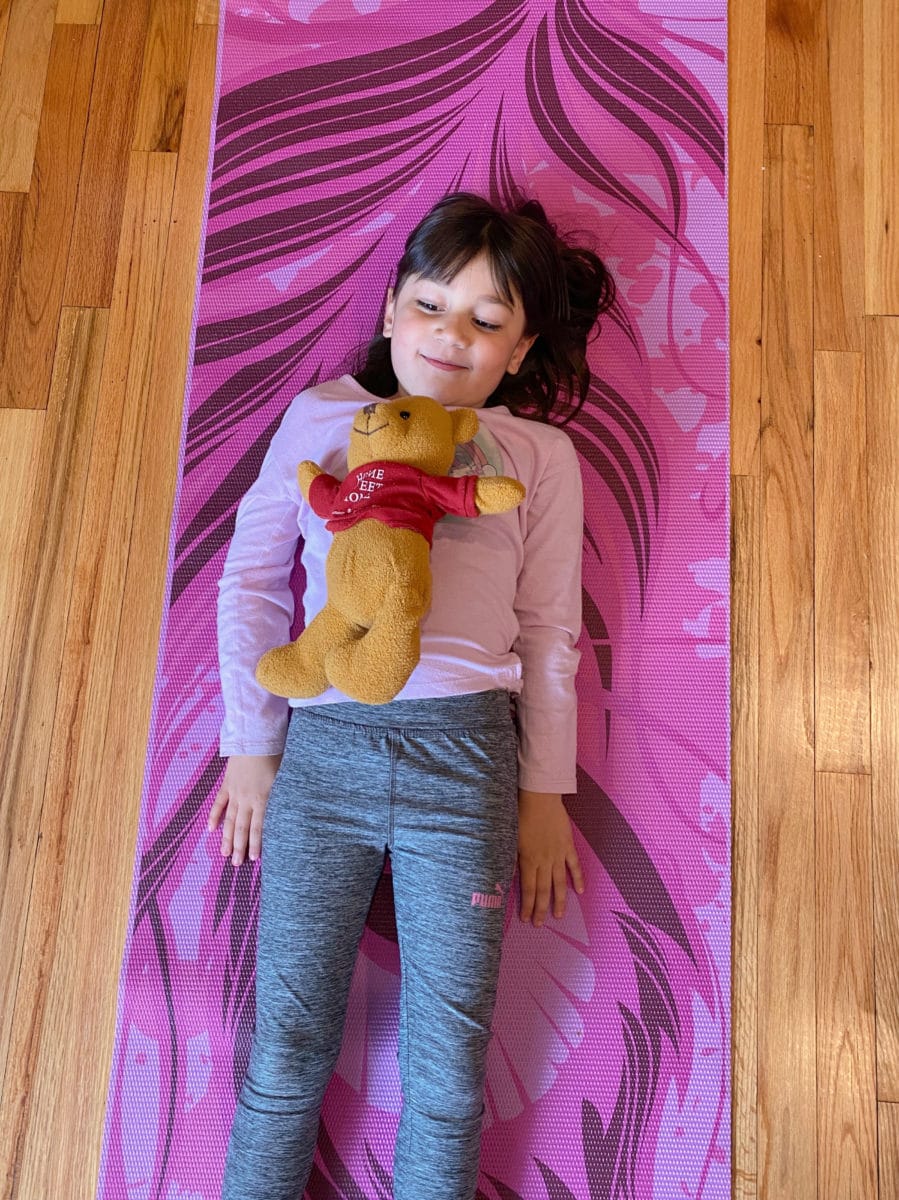
4. Be kind to yourself and know that we all handle stress differently.
Everyone is living in a time of uncertainty, everyone has had some sort of disruption to their norm and this is all of our first experience with this. No one is managing it perfectly or knows exactly how everything is going to play out. Paying attention to your needs and knowing the most effective coping mechanisms for yourself is going to be key. Some people are going to get engrossed in a new fitness routine, some are going to enjoy a new baking routine, some will do both. Some people will want to get out and walk in nature and some will want to Netflix and chill. Some people are desperate for social interaction whereas others welcome the reprieve. Know yourself and what works best for you, and try not to compare yourself to what others are doing (or what they say they’re doing via Facebook).
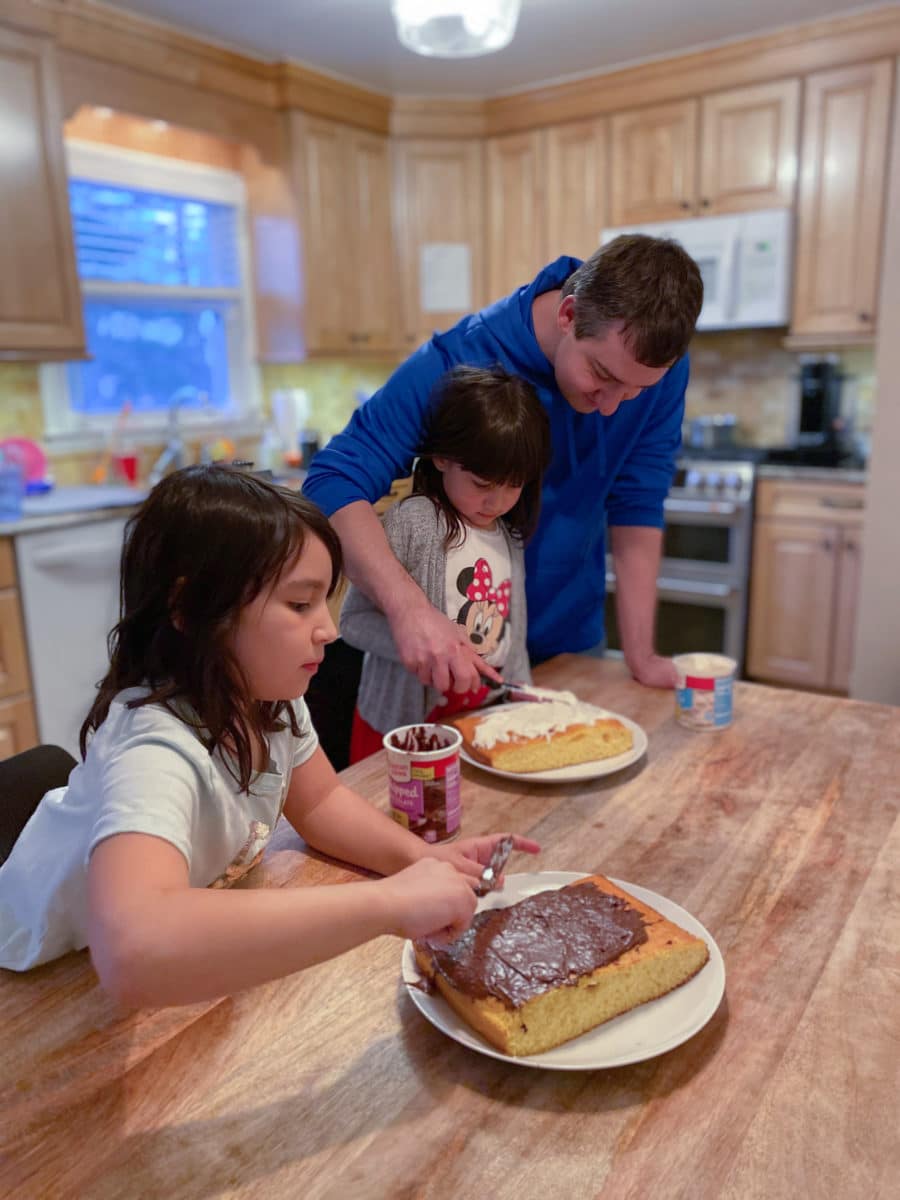
There are many different ways to manage anxious feelings: these are just the most simple and universally applicable. Mental health is considered an essential service and most therapists are offering video counseling services so please reach out if you would like additional support.
Thank you to the Angie, Matt, Hannah and Kate Gottlieb for being our photography models for this post.